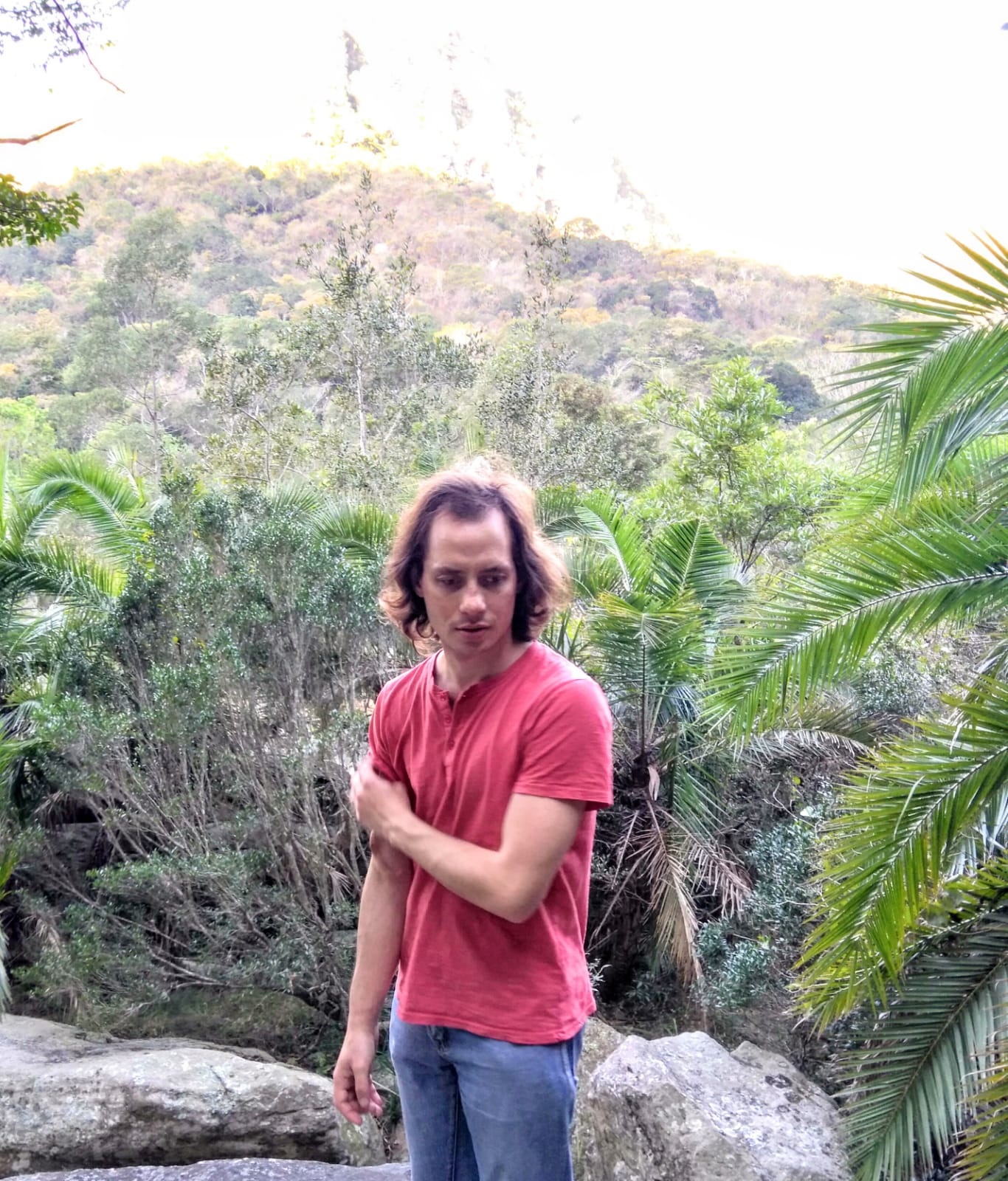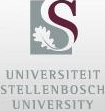 Towards Better Accessibility for Technical Reading MaterialBy Dr Rynhardt Kruger When I arrived at Stellenbosch in 2009 to study computer science as a blind person, I experienced barriers accessing mathematical subjects, which are traditionally very visual. However, mathematics is a compulsory subject for the computer science degree, and it was essential that I be accommodated. This involved asking the lecturers to adjust their teaching style so that it would not be necessary to see on the board. I also had to get access to the study material. Unfortunately, the mathematics book was in print, and completely inaccessible. For most of the year I just worked from notes I made myself with the aid of tutors, as it was not possible to convert the book to an accessible format without significant time and expence. For my PhD topic, I thought back to the problems I had with inaccessible material when I was just starting out, and which I still have when material I need is published in inaccessible formats. I therefore decided to focus on two areas that are usually inaccessible with technical documents: diagrams, and mathematical equations. I was also interested in a software program called the vOICe, a program that converts image into sound (the capital letters stand for “Oh, I See.") It functions by producing a chord of tones for each column of the image, so that bright parts produces sound, and dark parts are silent. I wondered if I could use the sound produced by the vOICe to make diagrams accessible. However, the vOICe plays the entire image at once. What I added were gestures for exploring diagrams on a touch screen systematicly, allowing users to focus on specific parts. I was able to show with user studies that blind readers are indeed able to identify diagrams with these gestures. For the second leg of my studies, I examined whether this method could be extended to make print mathematics accessible. A visual equation is a two-dimensional structure, and can be considered as a special kind of diagram. I recruted eleven blind and fourteen sighted testers, and asked each to identify twelve equations with my program. On average, they achieved about 78% success, and two of the blind candidates identified all twelve equations perfectly. Overall, I look forward to better accessibility in the future. Not too long ago, the medical model of disability was very prominent in society. That is to say, it was considered our problem as print-disabled persons that we cannot access visual information, and it was on us to find a way around it. However, the social model of disability is increasingly becoming the prefered way of thinking. In other words, it is not our impairments that hold us back, but rather a world that is not accessible to everyone, and everyone can play a role in improving the world and society so that all humans can be accommodated. Already there are interesting work being done on the accessibility of technical material, not only considering my own research, but also in other areas, such as publishing software being improved to produce accessible documents from the outset. I therefore expect that technical material will soon become much more accessible to print-disabled readers.
|

